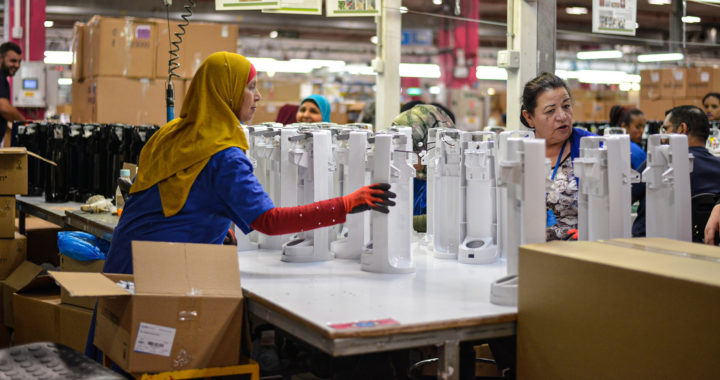Just-in-time or JIT is both a manufacturing principle and a specific inventory management strategy that involves strong coordination between suppliers and manufacturers by aligning the orders of raw materials with production schedules. Note that manufacturers also base their production schedules on projected market demand.
Toyota Motor Corporation utilized the same principle in the 1970s and called it the Toyota Production System. The short-cycle manufacturing system of Motorola and the continuous-flow manufacturing strategy of IBM are fundamentally similar to the just-in-time system.
Note that JIT and other differently-termed principles and practices are also components of the more expansive production method called lean manufacturing. This method primarily aims to promote efficiency by reducing times within the production system, as well as by reducing the response times from suppliers and to consumers.
Pros: Advantages of Just-in-Time
Cost reduction is the primary advantage of just-in-time manufacturing. Remember that JIT is an inventory management strategy and a specific inventory system. It generally involves a manufacturer ordering raw materials from its suppliers based on the immediate needs of its production schedule and the capacity of its entire production facility.
The result of ordering supplies only as needed is lessened inventory costs due to a lesser need for storing raw materials. An example would be a contract manufacturer of system-on-chips and other semiconductors that would order parts and other hardware components from its suppliers only after orders from its business clients are received.
Below are the specific benefits and applications of JIT:
• Reduces Production Costs: As mentioned, the main advantage of JIT is that it reduces costs in production, especially by reducing the need for storage or warehousing. Furthermore, manufacturers also optimize their expenditures by ordering raw materials at the exact amount needed in the immediate production schedule.
• Shorter Production Runs: The system also allows manufacturers to efficiently move from one product to another or from one production schedule to another schedule because production is based on current demand. The shorter production run also means that manufacturers can maximize their production capacity.
• Appropriate Output Volume: Another advantage of just-in-time is that it induces manufacturers to produce a certain number of outputs based on projected demand and in consideration of the product lifecycle. This reduces storage costs and ensures that companies will not have excess and unsold products in the market.
Cons: Disadvantages of Just-in-Time
Although this manufacturing principle and inventory system can provide manufacturers with advantages, it has several notable drawbacks. A major disadvantage of just-in-time manufacturing is that it is dependent on extremely accurate analyses and demand forecasts. Poor analyses can lead to supply chain disruption, production halt, and revenue losses.
Below are the specific drawbacks and limitations of JIT:
• Accurate Demand Forecasts: Manufacturers need to have strong capabilities in analyzing and forming conclusions around market trends, developments in relevant industries and sectors, as well as consumer sentiments and other facets of consumer behavior to come up with accurate demand forecasts.
• Supply Chain Vulnerability: Another disadvantage of JIT is that it makes a particular business organization and even an entire industry vulnerable to supply chain disruptions. The interconnectedness of the overall global supply chain tends to create a domino effect that can put relevant entities at significant risk of losses.
Toyota experienced one of the disadvantages of just-in-time manufacturing. To be specific, in February 1997, its scheduled production was severely interrupted after a fire hit its sole supplier of P-valves. The supplier shut down its operation for a week. Toyota was left without a choice but to cease production. The automaker lost 160 billion yen in revenue.
A more modern example of the problems with JIT is the 2021-2022 Global Supply Chain Crisis. The causes of this crisis have been attributed to the COVID-19 pandemic, the escalation of the Russia-Ukraine conflict, severe weather disturbances affecting suppliers and supply chain hubs, and the trade war between the United States and China.
Nevertheless, a deeper look at the more specific root cause of the extensive supply chain disruption is the pervasiveness of lean manufacturing and just-in-time practices around the world. Analysts noted that it is impossible to forecast the impacts of unforeseen events such as a global pandemic or an armed conflict between two important exporters
Take note that the global supply crisis has affected both producers and end-use consumers. For example, in the United States, there was a shortage in tampons and infant formula in the second quarter of 2022. Southeast Asia experienced a shortage of potatoes. The most damning impact of the crisis is the severe global shortage of semiconductor chips.

